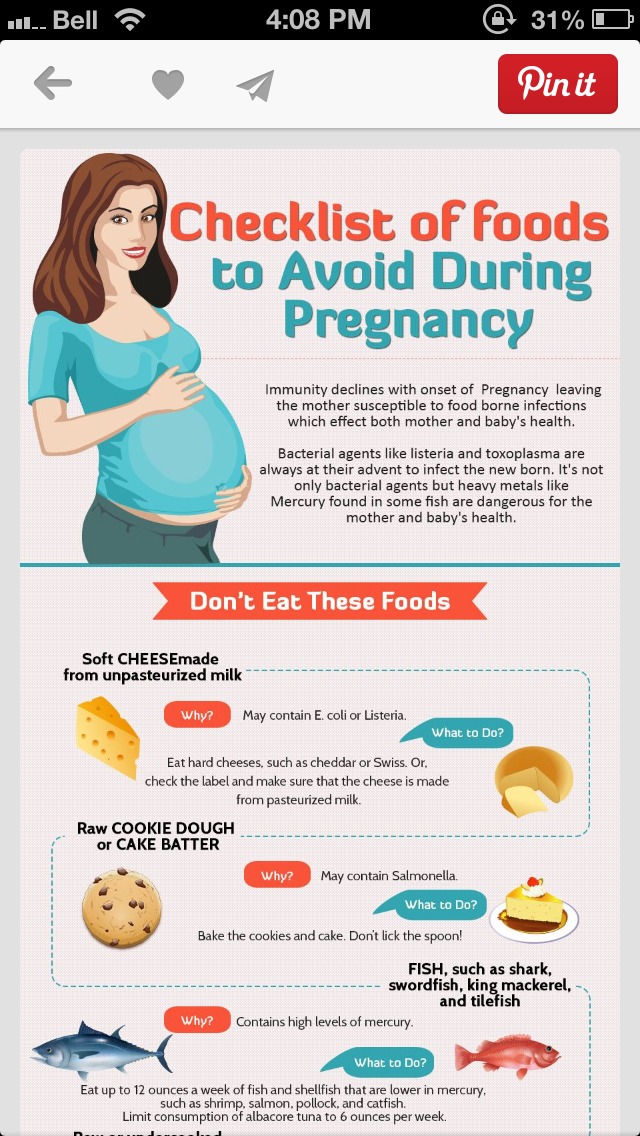How to increase colostrum
Breastfeeding Tips to Know BEFORE Baby Arrives
Home / Preg-U / Education / Breastfeeding Tips to Know *Before* Baby Arrives.
Most expecting moms I know expended a ton of energy preparing for their baby’s arrival. They prepped for labor, studied up on their birth options, and set up their baby’s nursery. But despite all their effort, one major challenge still tended to trip them up after baby arrived: Breastfeeding.
This is no surprise (and totally normal).
While pregnant, we hear endlessly about how natural and magical breastfeeding is. So, naturally, we tend to expect breastfeeding will proceed smoothly, without effort or planning on our part.
Struggling with breastfeeding, therefore, tends to be a shock. New moms are seldom told about common breastfeeding problems (like painful latch, delayed milk production, a low or dwindling milk supply) until they happen. This is unfortunate, because many problems can be headed off with some careful planning, giving you more time to relax and savor your first months with your baby.
We developed this guide, because we thought new moms-to-be ought to know what is coming down the pike, before they have a baby to nurse.
Boosting milk supply – colostrum and the critical first hour after birth…
Full milk production, often known as one’s “milk coming in”, begins only two to three days after birth. Until then, new mothers produce small amounts of an immune-rich pre-milk called colostrum.
Studies show that expressing colostrum within the first hour after birth promotes higher milk production for at least the next 3 weeks.
Your baby will only consume small amounts of colostrum in her first few days. Nevertheless, nursing or expressing even these small amounts colostrum within the first hour of birth has a profound impact on your later milk production.
Studies find that expressing colostrum within the first hour after birth–via nursing, hand expression, or pumping–boosts milk production for at least the next 3 weeks.
Early expression also helps prevent delays in your milk coming in. Delayed milk problem (defined as 72 hours or more after birth) is one of the most common breastfeeding problems. As many 1 out of 5 mothers experience delays. Several studies have shown expressing colostrum within the first hour speeds your milk coming.
Nursing within the first hours also benefits your baby, lowering their risk of low blood sugar and lining their gut with immunoglobulins to help protect against infection. Worldwide, babies who nurse within the first hour have the lowest risk of illness and death.
Given these profound benefits, all women, especially those delivering preterm babies, should whenever possible, nurse, pump, or hand express colostrum within one hour of giving birth.
Note to preemie mamas
Preemie moms are especially vulnerable to delayed milk production and low milk supply.
Labor-related complications and their newborns needing immediate medical attention after birth often preclude early nursing.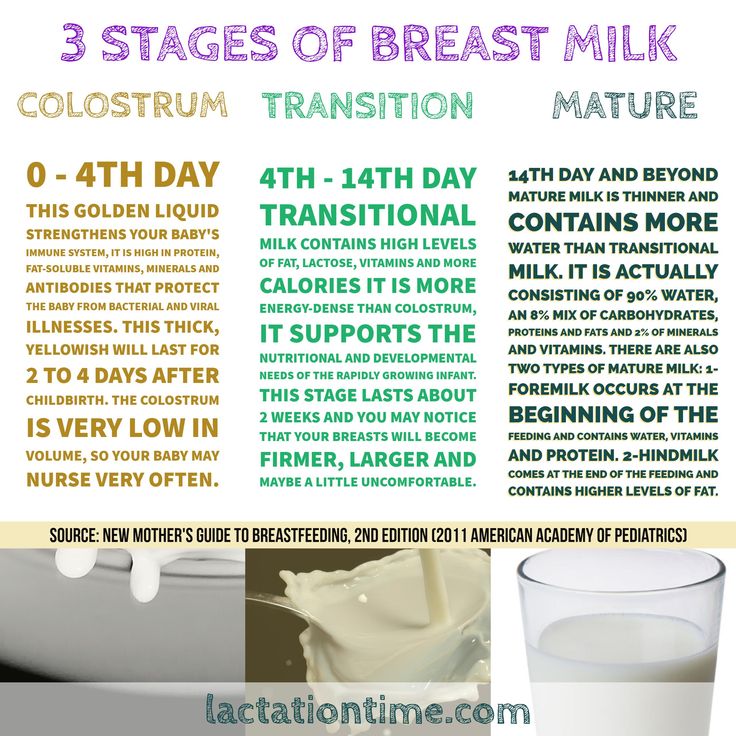 For mothers with preemies born before 32 weeks, the first nursing session typically occurs 36 hours or more after birth.
For mothers with preemies born before 32 weeks, the first nursing session typically occurs 36 hours or more after birth.
Complicating breastfeeding even further, women who deliver early (before 37 weeks) often have not hormonally ramped up for full milk production by the time their baby arrives.
For all these reasons, 4 out of 5 preemie moms will experience delays in their milk coming in.
This makes expressing colostrum within the first hour is especially critical. One randomized trial found that expression within the first hour caused mothers of very low birth weight preemies to have their milk come within the normal range, at an average of 3 days, rather than late, at an average of 4 to 5 days.
In another study of 40 mothers of very low birth weight infants (born weighing less than 1,500 grams), moms who initiated only breastfeeding within the first hour had higher milk production at the end of their first week postpartum. Their higher production persisted over the next 5 weeks, when the study concluded.
The first 24 hours
After the critical first hour, the next 24 hours remain key. Women who nurse or express milk at least 8 to 10 times during the first 24 hours have higher milk volumes at 3 and 5 days postpartum. As a result, their babies lose less weight during the first week after birth. They are also at lower risk of jaundice and dehydration.
Women who nurse or express milk at least 8 to 10 times during the first 24 hours have higher milk volumes at 3 and 5 days postpartum.
In addition to nursing your newborn, hand expression of colostrum into a spoon can boost your milk supply long term. (Hand expression is more effective than pumping for extracting colostrum as well as easier on sore and cracked nipples.) You can express colostrum several times a day. Then feed your newborn with the spoon after nursing. Studies have shown hand expression boosts milk production for up to 8 weeks after birth.
Tools: Dr. Jane Morton, a Clinical Professor of Pediatrics at Stanford University, explains how to hand express colostrum in this video.
Jane Morton, a Clinical Professor of Pediatrics at Stanford University, explains how to hand express colostrum in this video.
The first month: Coming to volume
After your milk has come in, the first 4-7 days after birth, represent what many lactation consultants refer to as the “coming to volume” phase of milk production. This phase can extend for up to a month after delivery.
During this phase, your milk production syncs with your baby’s demand.
If you were dripping milk everywhere and painfully engorged, the next week or two should bring relief. Your supply will drop. You will have fewer soaked sheets, fewer embarrassing leaks, and–slightly–fewer loads of laundry.
If you were not producing enough milk, but continue nursing or expressing frequently, your production may ramp up to meet your baby’s needs.
Newborns’ milk intake rises during their first month of life and then plateaus until around 6 months of age.
Here’s the biggest concern during the coming to volume phase: Making sure your baby is efficiently extracting milk from the breast. Babies who are sleepy, jaundiced, or who have a tongue-tie or another health issue may suckle and seem to be nursing but not effectively drain the breast. If your baby is not moving milk, it can tank your supply.
Babies who are sleepy, jaundiced, or who have a tongue-tie or another health issue may suckle and seem to be nursing but not effectively drain the breast. If your baby is not moving milk, it can tank your supply.
Recovery from supply issues can take months, and marathon nursing-then-pumping sessions. It’s best just not to go there.
During the coming to volume phase, it is essential to ensure that your baby is efficiently extracting milk from the breast.
To ensure that your newborn is moving milk when nursing:
- Keep track of what’s in her diapers. For each day of life (in the first few days-week), babies will have one wet diaper and one poop diaper (day 1 = 1 poop, 1 pee; day 2 = 2 poops, 2 pees; etc.) and then when you’re milk comes in, she can have 5-6+ wet diapers every 24 hours. For poop, keep an eye on color too – around day 4, poop should be mustard-y yellow (fun, right?)
- Once your milk has come in, you should feel a decrease in engorgement after nursing.
 Your baby should also seem satisfied and have a mouth full of milk.
Your baby should also seem satisfied and have a mouth full of milk. - If your baby is not gaining well, or seems constantly hungry, seek help from your pediatrician or a lactation consultant right away. Breastfeeding troubles are best nipped in the bud. Don’t wait. Breastfeeding problems can–in rare cases–be life threatening.
If everything is going well–your baby is gaining well and clearly being satisfied at the breast–this coming to volume phase is an ideal time to add a regular pumping session. Adding a pumping session tells your body your baby needs more milk. In the early weeks, your body will respond by easily ramping up production. This is a great time to build up your rainy day stash of frozen breastmilk.
As long as you maintain a daily extra pumping session, your body will continue to produce extra milk.
Note, however, that you don’t want to accidentally steal milk from your baby’s next feeding. Schedule your extra pumping session should occur within 30 minutes of your last nursing session.
The Bottom Line
New moms are often woefully uninformed about what to expect in the early, critical days of breastfeeding,. Their lack of knowledge leaves them at the mercy of the hospital staff, who themselves are often not up to date on best practices.
Expecting moms who want to breastfeed deserve to start their nursing relationship with their eyes wide open. They deserve to be aware of common breastfeeding challenges. And most importantly, they deserve to know how to troubleshoot these challenges before they mushroom into full-fledged problems.
Next on your reading list…
REFERENCES
http://www.nancymohrbacher.com/articles/2014/1/17/infographic-on-breast-storage-capacity.html
http://med.stanford.edu/newborns/professional-education/breastfeeding/maximizing-milk-production.html
https://breastfeedingnm.org/wp-content/uploads/2018/03/Myers_Best-Pumping-Practices.pptx.pdf
https://www.ncbi. nlm.nih.gov/pmc/articles/PMC5188411/
nlm.nih.gov/pmc/articles/PMC5188411/
http://citeseerx.ist.psu.edu/viewdoc/download?doi=10.1.1.657.9908&rep=rep1&type=pdf
https://www.nature.com/articles/jp201178
YOUR PREGNANCY SMARTS. Delivered.
Sign up for the Preg U Newsletter!
Breastfeeding: Tips to Increase Your Milk Supply l University Hospitals l Northeast Ohio
Signs That a Breastfed Baby Is Being Well Nourished
- Your baby nurses at least 8 to 16 times in 24 hours, or every 2 to 3 hours. Your baby may be fussy once or twice a day. At these times, he or she wants to nurse often for several hours before seeming full. This is called cluster feeding.
- Your baby wets at least 6 cloth or 5 disposable diapers and has at least 1 bowel movement in 24 hours. This occurs by 1 week of age.
- You can hear your baby swallow milk while nursing or you can feel your baby swallow when lightly touching his or her throat.
- Your breasts seem softer after nursing.

- Your baby gains 4 to 8 ounces a week after the first week. There is no need to weigh your baby at home. Your baby’s doctor will do this for you. You may notice that your baby has outgrown his or her clothing.
- Your baby has regained his/her birthweight by 10 to 14 days after birth.
Factors Which Can Cause Your Milk Supply to Decrease
- Your baby feeds fewer than 8 to 16 times in 24 hours. Milk production is affected by how well the breast is drained.
- Your baby has a very weak suck, or has an improper latch.
- Giving bottles of formula or water after nursing. Most babies will suck on a bottle after nursing. This just means they need to suck. It does not mean they are still hungry. Babies cry or fuss for many reasons, such as being tired, bored, wet, hot or cold.
- Giving solid foods too early and/or before you breastfeed. Most babies do not need solid foods for the first 6 months if they are breastfeeding 8 to 16 times a day.

- Smoking can cause a decreased milk supply and interfere with the letdown reflex. Here are some things you should do:
- Try to quit or cut down.
- Smoke after nursing, not before.
- Don’t smoke in the same room with your baby.
- Beginning birth control pills too soon can decrease your milk supply. Wait at least 6 weeks before taking birth control pills and then use only the mini-pill (Progestin). If you still notice a decrease in your milk supply, talk to your doctor about other birth control options. Other medications may also affect milk supply. Check with your doctor. (Refer to PI-682, Breastfeeding and Birth Control: You Have Options.)
- Mothers who are exhausted may notice a decrease in milk supply. To keep yourself from getting too tired:
- Sleep or relax when your baby sleeps.
- Eat balanced diet that includes high-protein food.
- Drink when you are thirsty so that your urine is pale yellow in color.
 Both under and excessive over hydration can decrease milk supply.
Both under and excessive over hydration can decrease milk supply. - Take an iron supplement if your healthcare provider says you are anemic.
- Talk with your doctor or nurse midwife about the need for vitamin supplement.
- Accept help when it is offered.
- Use nipple shields and pacifiers with caution.
- A breast flange that is too small or too large in size can hurt your milk supply.
- Pregnancy
- Breast reduction surgery may reduce milk supply.
If You Notice Your Milk Supply Is Low
You can increase your milk supply by:
- Nursing your baby often. Nurse every 2 hours during the day and every 3 to 4 hours at night (at least 8 to 16 times in 24 hours). If your baby will not nurse, use a good quality double electric breast pump to increase milk production. Pumping after breastfeeding signals your body to produce more milk.
- Nurse your baby at least 15 minutes at each breast.
 Do not limit nursing time. If your baby falls asleep after one breast, wake him or her and offer the second breast. A few babies may benefit from nursing at one breast per feeding to increase the fat content of the feeding. Switch nursing- switching breasts several times during a feeding has been shown to increase milk supply.
Do not limit nursing time. If your baby falls asleep after one breast, wake him or her and offer the second breast. A few babies may benefit from nursing at one breast per feeding to increase the fat content of the feeding. Switch nursing- switching breasts several times during a feeding has been shown to increase milk supply. - Gently massage breast before and during feedings.
- Use relaxation techniques to reduce stress and promote the flow of breast milk.
- Provide skin to skin time with your baby for about 20 minutes after feeds. This “kangaroo care” has been shown to increase milk supply.
- Be sure baby is positioned and latched correctly.
- Offer both breasts at each feeding.
- Try breast compression during the feeding to help drain the breast.
- Pump immediately after breastfeeding during the day. Rest at night. Some mothers find that they get more milk if they pump for 5 minutes, rest for 5 minutes, and pump for another 10 minutes.

Talk to your doctor about using medication or the herb fenugreek.
Works Cited
Wambach, Karen and Riordan, Jan “Breastfeeding and Human Lactation”, Fifth edition, Jones & Bartlett, 2016.
obstetrician-gynecologist Starostina Antonina Viktorovna.
For the normal development of lactation, first of all, it is necessary to organize the feeding of the child (feeding on demand, without a night break, the absence of nipples and pacifiers that suppress the suckling reflex of the baby), properly care for the breast, use a breast pump to stimulate and increase lactation, use according to indications other accessories for breastfeeding.
Sleep should be at least 10 hours a day - night and day. Outdoor walks for at least 2 hours. Frequent breastfeeding from birth (at least 10 times a day) with obligatory night feedings. Good nutrition and an increase in the amount of fluid consumed up to 1.5 - 2 liters per day (this is tea, soups, decoctions, milk, dairy products).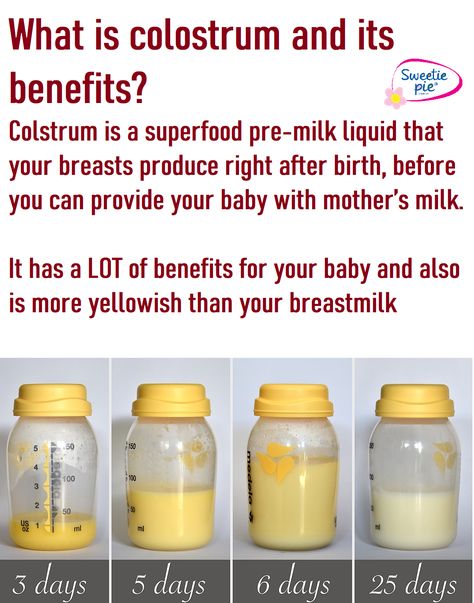 Shower-massage: after feeding the baby and expressing milk, pour hot water (45 degrees) from the shower over the mammary gland that was fed, while massaging in circular motions from the nipple to the periphery and from top to bottom, while expressing milk. Duration 5-10 minutes. nine0003
Shower-massage: after feeding the baby and expressing milk, pour hot water (45 degrees) from the shower over the mammary gland that was fed, while massaging in circular motions from the nipple to the periphery and from top to bottom, while expressing milk. Duration 5-10 minutes. nine0003
Perform the procedure 2 times for the left and 2 times for the right breast during the day. Drink hot tea with milk 30 minutes before feeding.
Drink in small sips throughout the day.
- Steep 3 teaspoons of dry nettle with 2 cups of boiling water and infuse for 10-15 minutes (we only infuse fresh herb for 2 minutes). The resulting drink should be used during the day.
- A very effective remedy that stimulates the flow of milk and helps increase lactation is an infusion of walnuts, which is prepared as follows: brew 0.5 cups of peeled walnuts with 0.5 liters of boiling milk in a thermos and infuse for 3-4 hours. Infusion take 1/3 cup 20 minutes before each feeding, but not daily, but every other day.
 nine0012
nine0012 - A mixture that promotes lactation is very good: 100 g dried apricots, 100 g raisins, 100 g figs, 1 glass of walnuts. Grind everything and mix with 100 g of honey and 100 g of butter. Use 1 tbsp. spoon 15-20 minutes before feeding. Watch your child's reaction! Allergy is possible.
- Useful green tea with dill seeds, raspberry leaves, linden, oregano, lemon balm.
Be sure to use special multivitamin complexes for pregnant and lactating women, which also help improve lactation. They will improve the quality of milk and increase its quantity:
- Hipp tea for nursing mothers.
- Apilac 0.01 under the tongue and dissolve. Take 2-3 times a day. Pay attention to the child's reaction! Allergy is possible.
- Vitamin E capsules 0.1-0.2 - 2 times a day.
- Ascorbic acid (vitamin C) up to 1 g per day.
- Brewer's yeast - liquid 60 g 3 times a day, dry 1 tsp. 4 times a day.
- Calcium pantothenate 1 tab. 3 times a day.
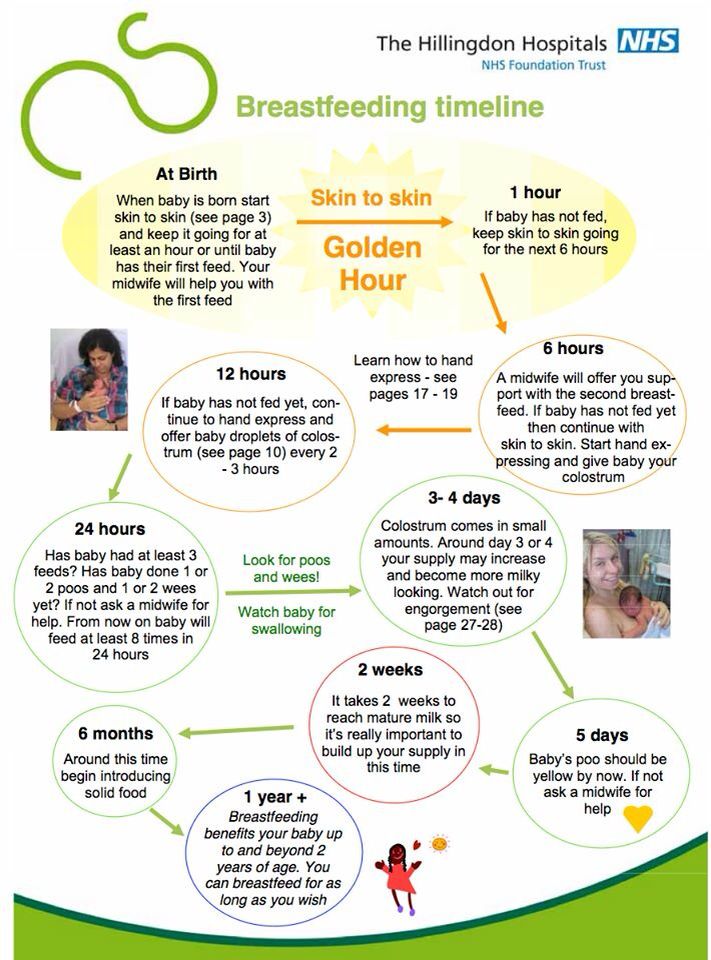
- Asparkam 1 tab. 3 times a day
In European countries, homeopathic remedies are widely used to stimulate lactation. Of the many homeopathic remedies to enhance lactation, the following remedies can be recommended: before each feeding of the child (20 minutes) \ Urtika urens 3 and Agnus castus 3 alternately and at night - Pulsatilla 6. Take 5 grains until the effect is obtained (from 3 days to 3 weeks). But in any case, you need to consult a doctor.
How to increase the amount of available colostrum for newborn piglets - Article
Home
Read this article in: ManagementA large dose of oxytocin given within 16 hours of farrowing prolongs colostrum production and improves its quality during early lactation.
Photo 1. Newborn piglet
Chantal Farmer
24 February 2021
0
5
Colostrum is vital for the survival and growth of newborn piglets (Photo 1), as it is their only source of energy, which also provides them with passive immunity from the mother through transfer immunoglobulins. Moreover, colostrum contains hormones, growth promoting substances, enzymes, vitamins and minerals, all that is required for the proper development of piglets. Milk produced within 24 hours of farrowing is considered colostrum, then up to 72 hours after farrowing it becomes transitional milk and finally just milk (Table 1). This difference is the result of significant changes in the composition of milk produced during early lactation. There is a clear decrease in protein, immunoglobulins and growth-enhancing substances, as well as an increase in fat, lactose and energy. nine0003
Moreover, colostrum contains hormones, growth promoting substances, enzymes, vitamins and minerals, all that is required for the proper development of piglets. Milk produced within 24 hours of farrowing is considered colostrum, then up to 72 hours after farrowing it becomes transitional milk and finally just milk (Table 1). This difference is the result of significant changes in the composition of milk produced during early lactation. There is a clear decrease in protein, immunoglobulins and growth-enhancing substances, as well as an increase in fat, lactose and energy. nine0003
Table 1. Composition of colostrum, transitional milk and milk by hours and days after farrowing.
| Composition | Colostrum | Transitional milk | Milk | |||
|---|---|---|---|---|---|---|
| 0 h | 12h | 24h | 36h | 72h | 17d | |
| Protein (%) | nine0094 17.12.2 | 8.6 | 7.3 | 6.1 | 4.7 | |
| Fat (%) | 5.1 | 5.3 | 6.9 | 9.1 | 9.8 | 8.2 |
| Lactose (%) | 3.5 | 4.0 | 4.4 | 4.6 | nine0094 4.85.1 | |
| Dry matter (%) | 27.3 | 22.4 | 20.6 | 21.4 | 21.2 | 18.9 |
| Energy (kJ/100g) | 260 | 276 | 346 | 435 | 468 | 409 |
| Immunglobulin G (mg/ml) | 64.4 | 34.7 | 10.3 | -- | 3.1 | 1.0 |
At the moment, most sows do not produce enough colostrum to ensure optimal growth for their piglets. A piglet weighing 1.4 kg at birth must consume a minimum of 250 grams for growth. colostrum. The amount of colostrum produced varies greatly from one sow to another and depends on the concentration of hormones. Oxytocin is a hormone commonly used to speed up the farrowing process, however, it also has a strong effect on milk quality during early lactation. Indeed, oxytocin acts on the space (narrow passages) between the cells of the mammary glands. During colostrum production, these compounds open up, allowing larger molecules such as immunoglobulins to pass directly from the sow's blood into the colostrum (Photo 2). After farrowing, these passages gradually narrow again and become virtually impassable, changing the composition of milk produced and stopping colostrum production. nine0003
colostrum. The amount of colostrum produced varies greatly from one sow to another and depends on the concentration of hormones. Oxytocin is a hormone commonly used to speed up the farrowing process, however, it also has a strong effect on milk quality during early lactation. Indeed, oxytocin acts on the space (narrow passages) between the cells of the mammary glands. During colostrum production, these compounds open up, allowing larger molecules such as immunoglobulins to pass directly from the sow's blood into the colostrum (Photo 2). After farrowing, these passages gradually narrow again and become virtually impassable, changing the composition of milk produced and stopping colostrum production. nine0003
An experiment was recently conducted at the Sherbrooke Agricultural and Food Research Center of Canada to investigate the potential role of oxytocin in prolonging the colostrum production phase in sows. Twenty second-parity Yorkshire X Landrace sows were divided into two groups.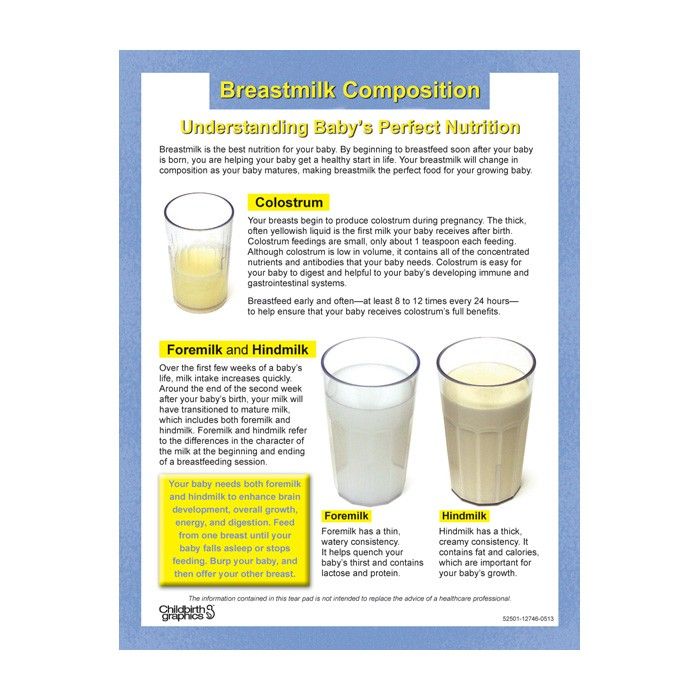 One received a dose of saline solution (control group), the other a very large dose (75 IU) of oxytocin 4 times in the early stage of lactation. The first injection was given between 12 and 20 hours (average 16 hours) after the birth of the last piglet, then injections were given twice a day at 8.00 am and 4.30 pm for a total of 4 injections. On the second day, the litters were equalized to 11±1 piglets (day 1 - day of farrowing), also on the 2nd day, the piglets were weighed twice (fixed interval of 8 hours) and once each on 7, 14, 21 (weaning on day 22) and 35 day after farrowing. The suckling piglets did not have access to solid feed. 4 milk samples were taken, two on the second day of lactation (morning and afternoon) and one each on the 4th and 5th day of lactation. Composition was determined for dry matter, energy, fat, protein, immunoglobulins G and A, lactose, sodium, potassium, and growth-enhancing IGF-1. nine0003
One received a dose of saline solution (control group), the other a very large dose (75 IU) of oxytocin 4 times in the early stage of lactation. The first injection was given between 12 and 20 hours (average 16 hours) after the birth of the last piglet, then injections were given twice a day at 8.00 am and 4.30 pm for a total of 4 injections. On the second day, the litters were equalized to 11±1 piglets (day 1 - day of farrowing), also on the 2nd day, the piglets were weighed twice (fixed interval of 8 hours) and once each on 7, 14, 21 (weaning on day 22) and 35 day after farrowing. The suckling piglets did not have access to solid feed. 4 milk samples were taken, two on the second day of lactation (morning and afternoon) and one each on the 4th and 5th day of lactation. Composition was determined for dry matter, energy, fat, protein, immunoglobulins G and A, lactose, sodium, potassium, and growth-enhancing IGF-1. nine0003
After 8 hours after the first injection of oxytocin, a huge difference was found in the composition of the milk. Milk from sows with oxytocin contained more protein, immunoglobulins G and A and energy compared to the control group of sows. The sodium/potassium ratio was also much higher, which means more opening (ie patency) of the narrow passages of the mammary cells. These differences were short-lived as they disappeared on the 4th day of lactation. Piglet weight gain did not differ between study groups, however, piglets from sows treated with oxytocin showed a reduction in post-weaning mortality. It is important to note that the number of litters was insufficient to draw any conclusions about the effect on animal performance. nine0003
From this study we can conclude that a single injection of a high dose of oxytocin given 16 hours after the end of farrowing increases the colostrum production phase. This leads to an improvement in the quality of milk at an early stage of lactation. Increasing the concentration of immunoglobulins and growth-enhancing IGF-1 in milk is especially important as they have a positive effect on the immune status and development of the digestive system of newborn piglets.
 7
7 








